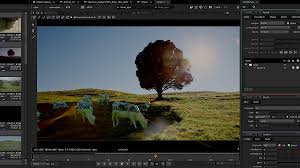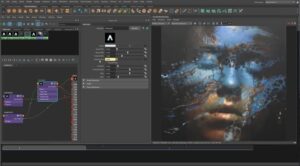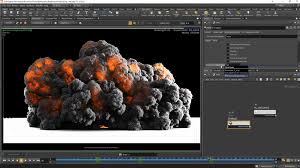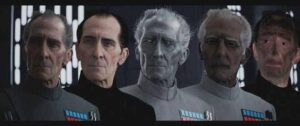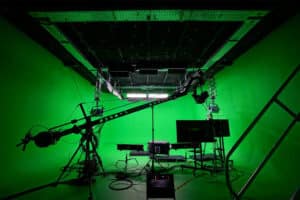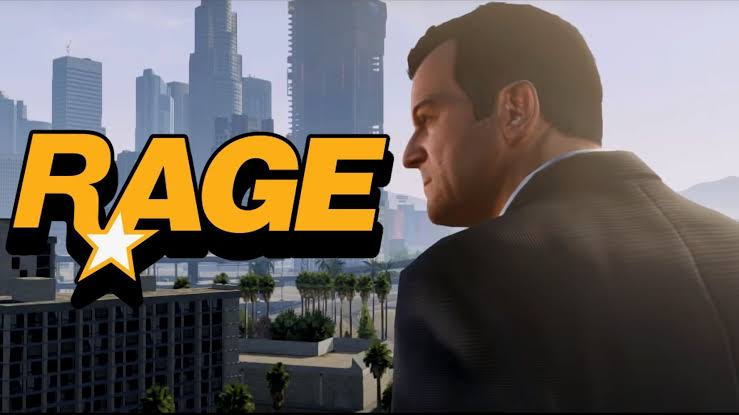Visual Effects:
Visual effects (VFX) have become an integral part of modern filmmaking, television, and digital content production. They enable filmmakers to create stunning visual imagery and bring to life ideas that were once impossible to realize. However, behind the magic of VFX lies a complex world of software and tools that make it possible. In this blog, we will explore the technical side of VFX and provide a guide to VFX software and tools.
VFX Software:
The VFX industry uses several software packages for different aspects of the visual effects process. Some of the most widely used software packages include:
Autodesk Maya:
Maya is a 3D computer graphics software that is used for modeling, animation, and rendering. It is one of the most versatile and powerful software packages used in VFX.
SideFX Houdini:
Houdini is a 3D animation and visual effects software that is known for its procedural modeling capabilities. It is used extensively in VFX for its ability to create complex simulations and effects.
Adobe After Effects:
After Effects is a digital visual effects, motion graphics, and compositing software. It is used for creating special effects, motion graphics, and compositing multiple layers of footage.
Foundry Nuke:
Nuke is a node-based compositing software that is used for creating high-quality visual effects. It is widely used in the film industry and has a powerful toolset for compositing and visual effects.
Autodesk Flame:
Flame is a VFX and finishing software that is used for creating high-end visual effects, color grading, and finishing. It is widely used in the post-production industry for its advanced toolset.
VFX Tools:
Apart from software packages, VFX artists also use several tools to create visual effects. Some of the most commonly used VFX tools include:
3D Scanners:
3D scanners are used to capture the geometry and texture of real-world objects and environments. They are used to create realistic 3D models of objects and environments for use in VFX.
Motion Capture Systems:
Motion capture systems are used to capture the movement of actors and objects in the real world. They are used extensively in the film industry to create realistic animations and visual effects.
Render Farms:
Render farms are a collection of high-performance computers that are used to render large and complex VFX scenes. They are used to speed up the rendering process and deliver high-quality VFX output.
Digital Cameras:
Digital cameras are used to capture footage that is used as a basis for VFX. They are used to capture live-action footage that is later composited with VFX elements.
Green Screens:
Green screens are used as a background in live-action footage. They are replaced with VFX elements in post-production, allowing filmmakers to create environments and scenes that are impossible to capture in the real world.
Keywords:
VFX, visual effects, software, tools, Autodesk Maya, SideFX Houdini, Adobe After Effects, Foundry Nuke, Autodesk Flame, 3D Scanners, Motion Capture Systems, Render Farms, Digital Cameras, Green Screens.
In conclusion, VFX is a complex and technical field that relies heavily on software and tools. The software and tools used in VFX are constantly evolving, and it is important for VFX artists to stay up-to-date with the latest developments. By understanding the technical side of VFX, filmmakers and digital content creators can create stunning visual effects that enhance their storytelling and captivate audiences.
Frequently asked questions:
Q: What is Autodesk Maya and how is it used in VFX?
A: Autodesk Maya is a 3D computer graphics software that is used for modeling, animation, and rendering. It is widely used in the VFX industry for creating 3D models of characters, environments, and objects. Maya is also used for animation and rendering, which are important aspects of the VFX process.
Q: What is the role of SideFX Houdini in VFX?
A: SideFX Houdini is a 3D animation and visual effects software that is known for its procedural modeling capabilities. It is widely used in the VFX industry for creating complex simulations and effects. Houdini is especially useful in creating large-scale visual effects, such as explosions, fire, and water simulations.
Q: How is Adobe After Effects used in VFX?
A: Adobe After Effects is a digital visual effects, motion graphics, and compositing software that is widely used in the VFX industry. It is used for creating special effects, motion graphics, and compositing multiple layers of footage. After Effects is especially useful for creating 2D animations, adding visual effects to live-action footage, and compositing visual effects elements.
Q: What is the role of Foundry Nuke in VFX?
A: Foundry Nuke is a node-based compositing software that is widely used in the VFX industry for creating high-quality visual effects. It is used for compositing multiple layers of footage, creating visual effects, and color grading. Nuke is especially useful for creating complex composites and visual effects that require multiple layers of footage.
Q: What are render farms and how are they used in VFX?
A: Render farms are a collection of high-performance computers that are used to render large and complex VFX scenes. They are used to speed up the rendering process and deliver high-quality VFX output. Render farms are especially useful for rendering complex 3D models, simulations, and visual effects.
Q: What is motion capture and how is it used in VFX?
A: Motion capture is a technology that is used to capture the movement of actors and objects in the real world. It is widely used in the VFX industry to create realistic animations and visual effects. Motion capture involves placing sensors on actors or objects, which track their movement and transfer it to a digital model. The digital model can then be used in VFX to create realistic animations and visual effects.
Q: What is the role of green screens in VFX?
A: Green screens are used as a background in live-action footage. They are replaced with VFX elements in post-production, allowing filmmakers to create environments and scenes that are impossible to capture in the real world. Green screens are especially useful for creating visual effects that involve characters or objects interacting with digital environments or elements.
